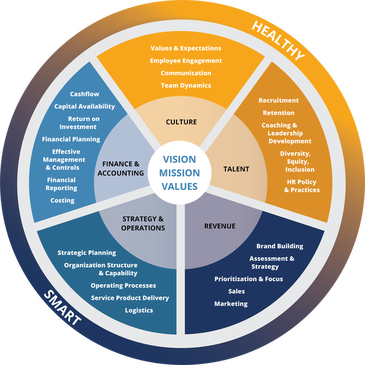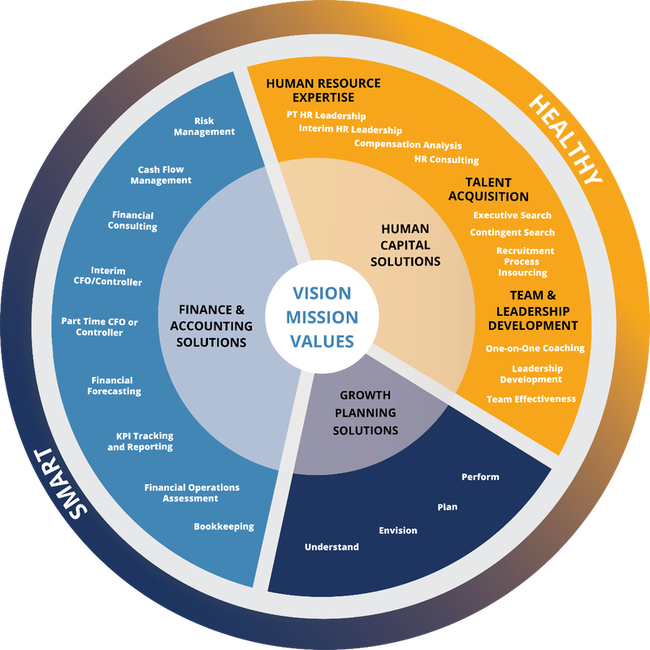|
What does it take for an organization to be smart and healthy? And why is it more important than ever to create workplaces where employees know that their leaders not only recognize and appreciate their unique talents, but also genuinely care about their well-being? Patrick Lencioni, the author of the best-selling business book The Advantage, makes a convincing case that the most successful organizations don’t just master strategy, marketing, and finance and accounting, the traditional “smart” facets of business operation; they also consciously build positive, healthy cultures in their organizations. When leaders take clear steps to reduce office politics and confusion, and help their employees find what brings them joy and energy at work—creating the conditions of trust and vulnerability that promote organizational health—the payoffs are profound, Lencioni explains. From a practical standpoint, businesses that prioritize health have a strong strategic advantage, because their employees are more productive and engaged. Their employees are also less likely to leave the organization, taking critical knowledge with them—another huge gain in this age of the great reshuffling, when a record number of Americans are quitting their jobs to find work that’s more fulfilling. Organizational health also creates positive ripple effects that improve employees’ relationships with clients and customers, and even their own families and communities. When people go to work with “clarity, hope, and anticipation,” and come home with “a greater sense of accomplishment, contribution, and self-esteem,” the impact, per Lencioni, “is as important as it is impossible to measure.” At Lauber, we don’t treat organizational health as an afterthought. To us, it’s essential. So, alongside the services we provide our clients to help them build and maintain the smart parts of their businesses—including support for finance and accounting, human resources, and strategy—we also offer an innovative menu-based program, rooted in Lencioni’s elegantly layered organizational health curriculum with integrated coaching, to create a healthy and positive team culture that drives results. THE LAUBER MODEL FOR ORGANIZATIONAL HEALTHAs we emerge from the pandemic, we’re hearing from leaders who are eager to make health the prevailing cultural value in their organizations going forward. Some want focused support to reboot and refresh by helping their employees reconnect with each other, plus the parts of their work where they excel. Some want to break down silos that have long contributed to inefficient decision-making, and distrust, in their companies. And others, doing team development for the first time, want to do a deep dive, instilling healthy practices into every aspect of their operations. If you would like to make your organization healthier, here are some of the ways we can help: Specific to the healthy initiatives, we’ll work with you to design a coaching program and bring it to life. It could include a Team Culture Assessment to identify your organization’s collective strengths and challenges, or a Working Genius Assessment to help individuals and teams find their natural gifts for certain tasks, or both. And if a deep dive is in order, we can also work with you and individuals across your organization—with a combination of one-on-one coaching and facilitated team sessions—to build trust, master the art of healthy conflict, achieve commitment, and embrace accountability. Contact Lauber Business Partners TodayWe’re proud that our healthy culture coaching consistently improves interpersonal dynamics, enhances team performance, and fosters individual growth—delivering triple-impact results that help businesses thrive.
To learn more, contact us at [email protected].
2 Comments
4/8/2024 12:29:36 am
Interesting read! Your insights reminded me of an article I recently read about the <a href="https://sattagalidisawar.in/"> Satta King </a> phenomenon on Sattagalidisawar. It's fascinating how such platforms have become so prevalent in certain communities.
Reply
Leave a Reply. |
|
Website by RyTech, LLC



 RSS Feed
RSS Feed
